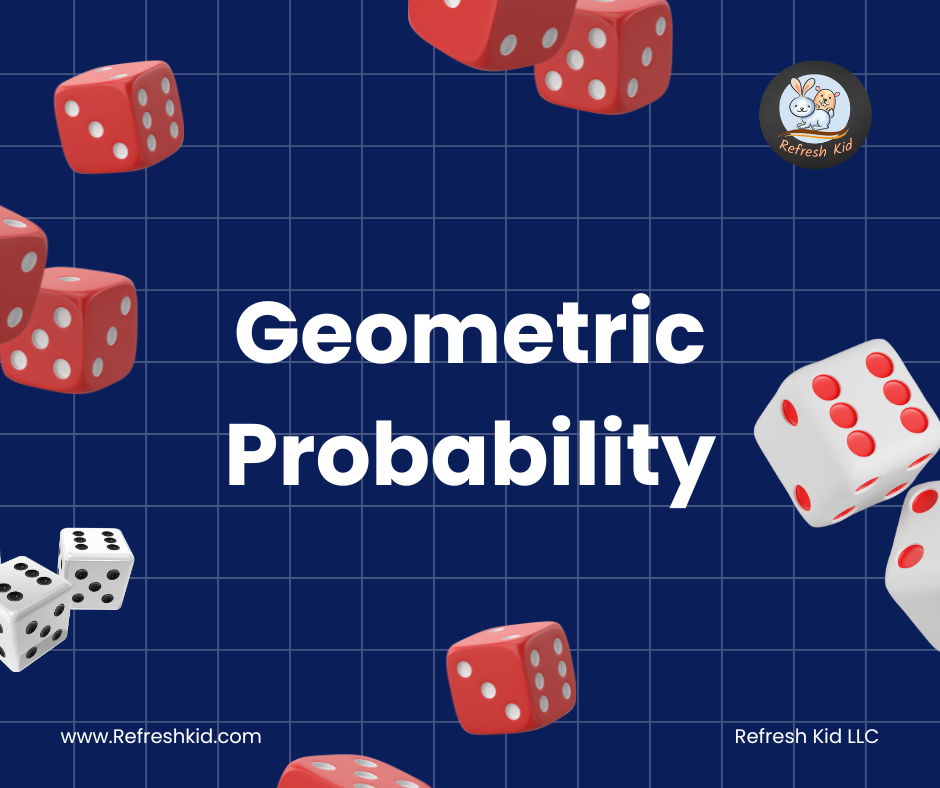Geometric probability is a fascinating branch of mathematics that deals with the probabilities of various geometric events occurring. Unlike traditional probability, which focuses on discrete outcomes, geometric probability involves continuous outcomes and is often visualized through lengths, areas, or volumes. Today, we will focus on two fundamental aspects: length probability ratio and area probability ratio, complete with numerical examples to aid understanding.
What is Geometric Probability?
Geometric probability refers to the probability of a random point or event occurring within a specified region in a geometric setting. This concept is often used to solve problems where measuring counts or probabilities in terms of length, area, or volume is required.




Leave a Reply